This week the Tokyo Motor Show is going on and if there's one thing that makes the Japanese show different than the others, it's the courageous risk taking that is displayed. While auto shows like the Geneva Motor Show and Frankfurt Motor Show tend to showcase design, the Japanese show tends to have a bit of fantasy associated with it.
Typically when I see some of the concept cars coming out of Tokyo, I feel like I stumbled into a futuristic Hollywood project along the likes of The Fifth Element.
Tokyo Motor Show
One such example is Mazda's debut of what it's calling the RX Vision.
Essentially taking after legendary sports cars like the RX-7 and RX-8, the RX Vision is a front-engined, rear-wheel drive sports car by Mazda. Of course it has a rotary mill up front, but there's nothing real about it quite yet as the company clearly states mass production is still on hold.
Sporting a super sensual, curvaceous design, the RX Vision certainly looks like a sports car. But, what does it NEED for you to turn your head? IF Mazda were to develop an RX-9 what would it have to deliver to make you act and put one in your garage?
Tokyo Motor Show
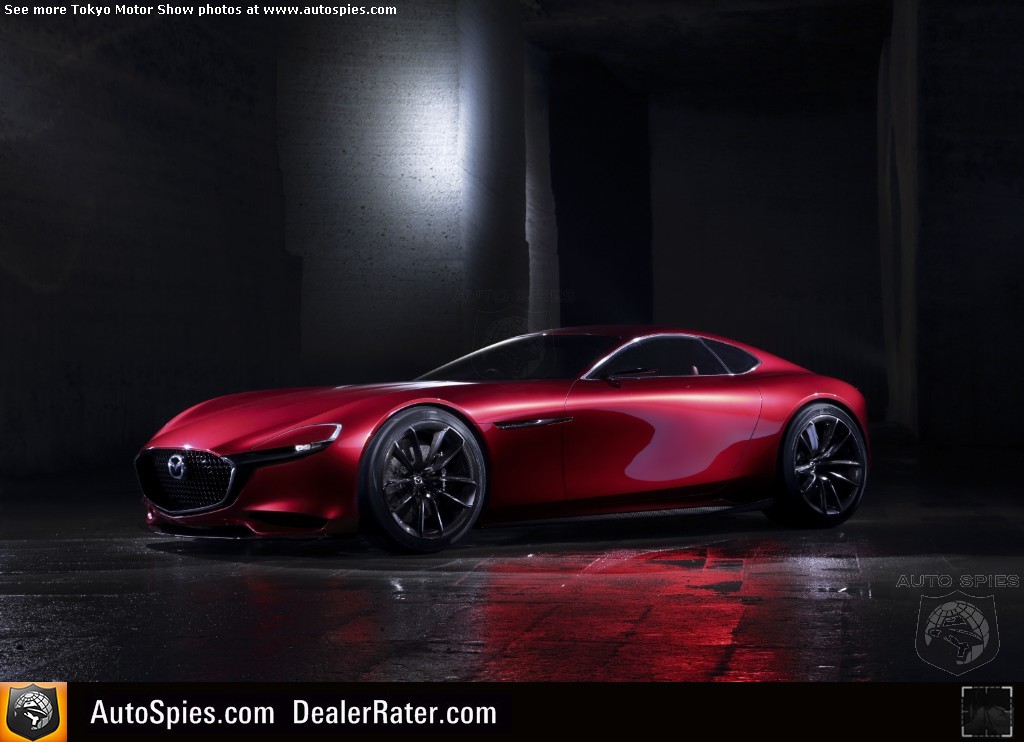

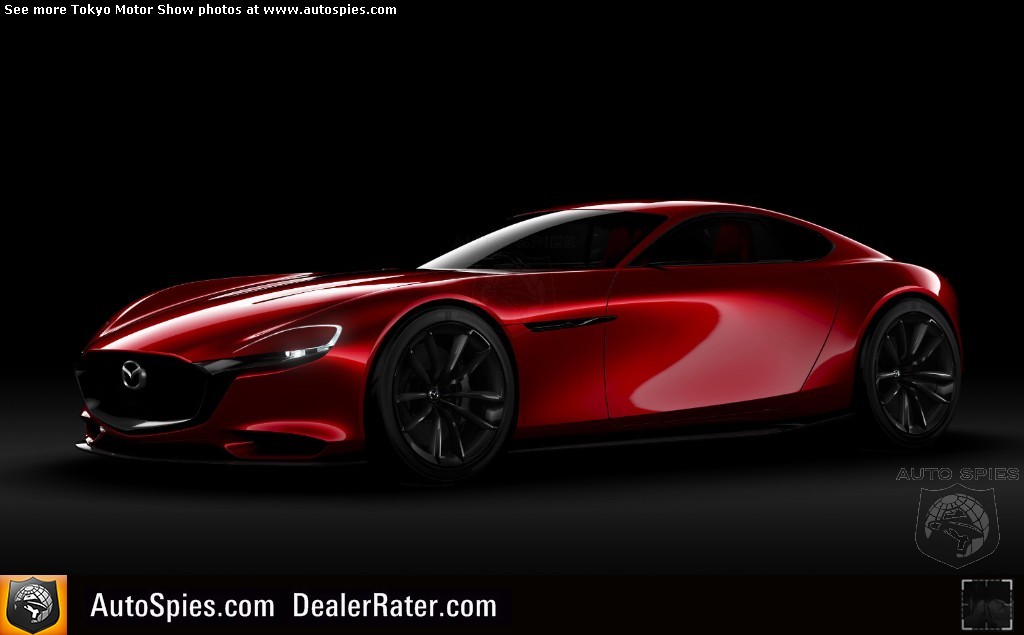
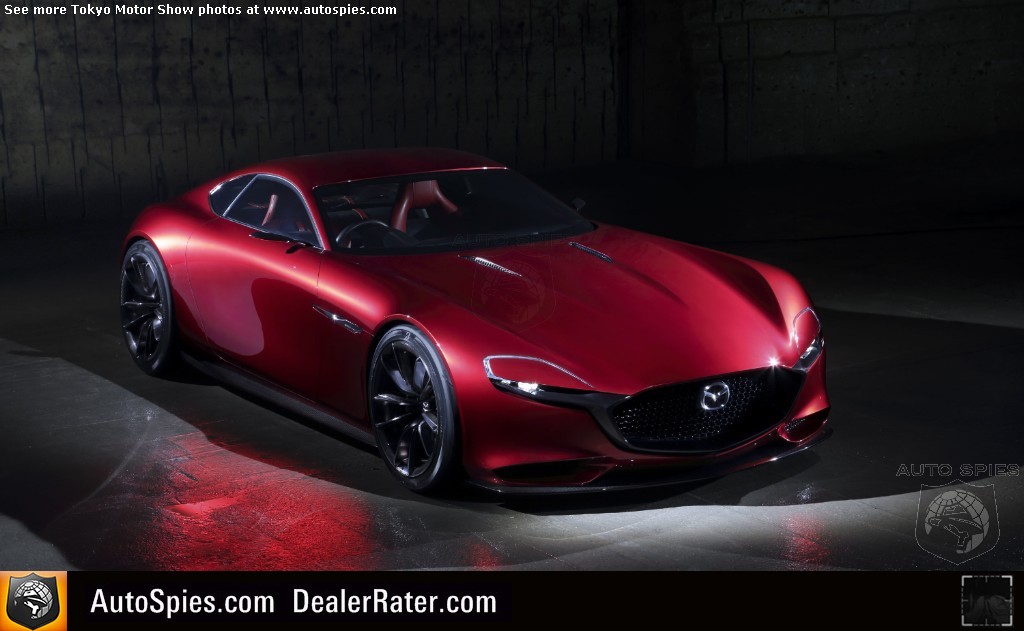

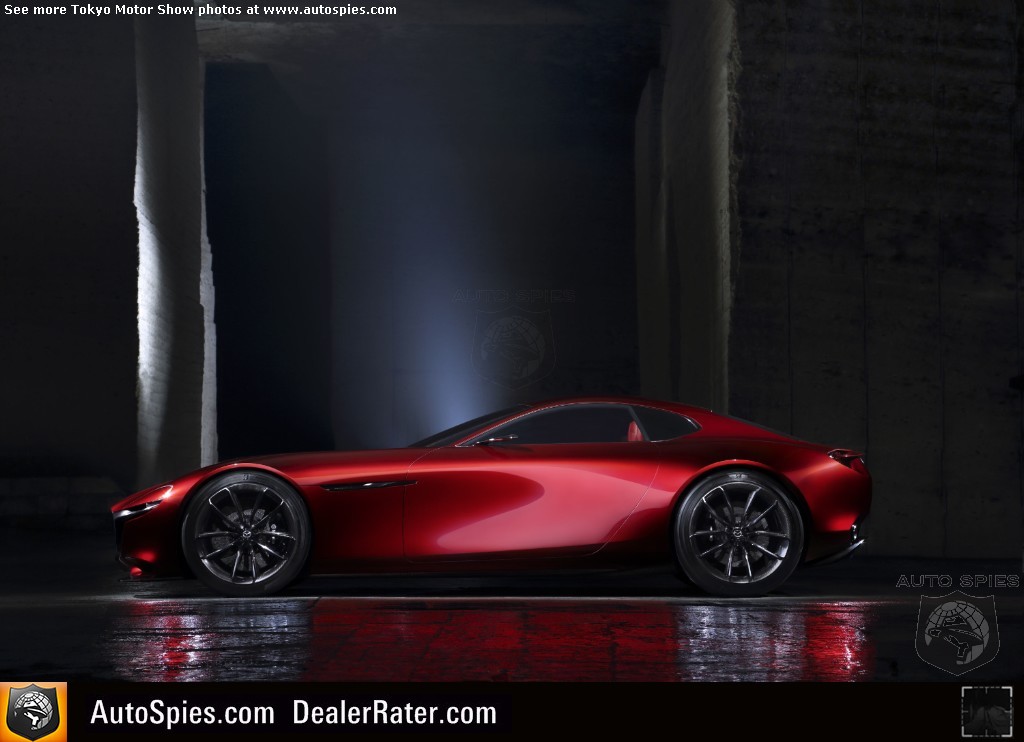

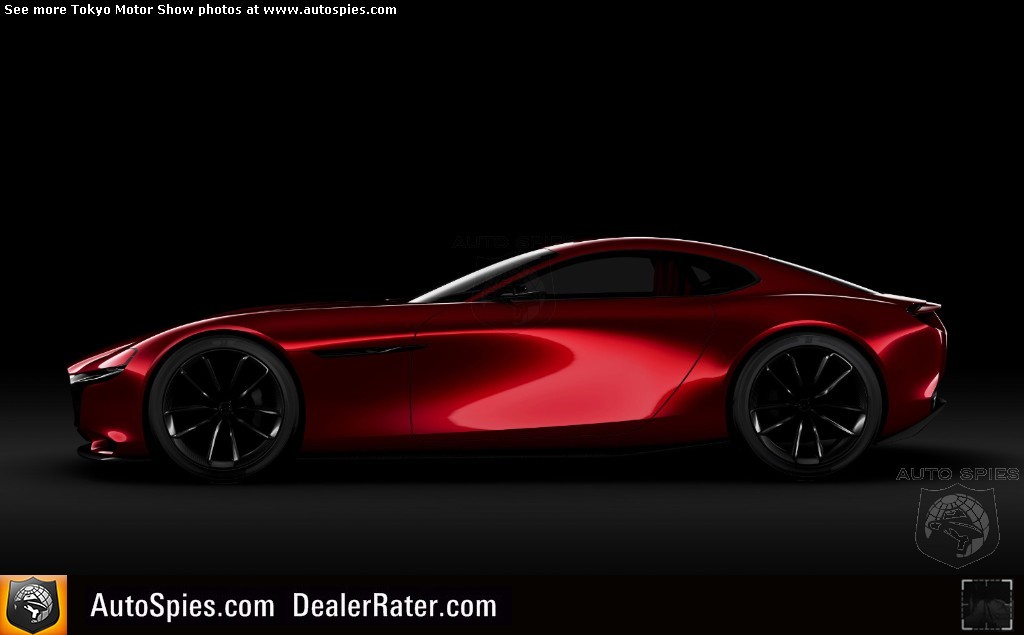

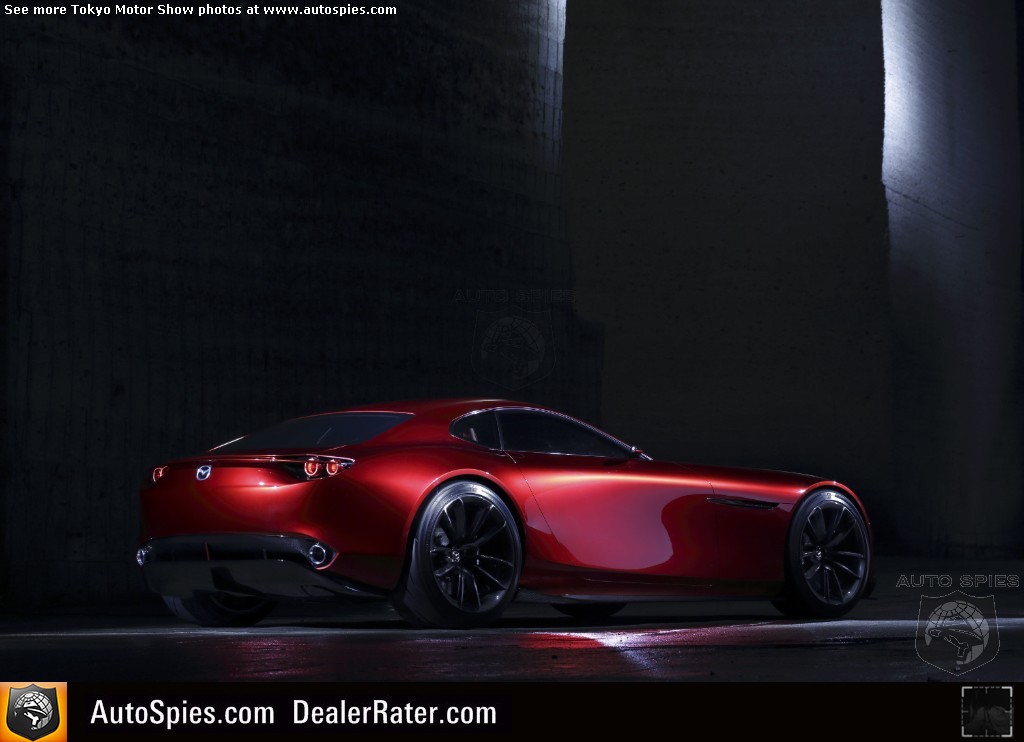


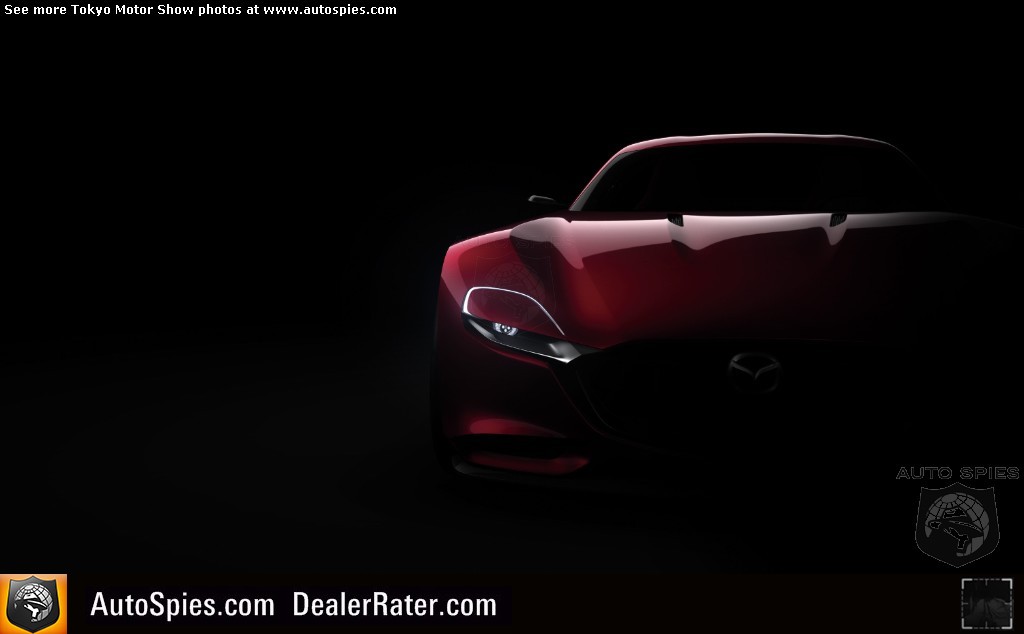

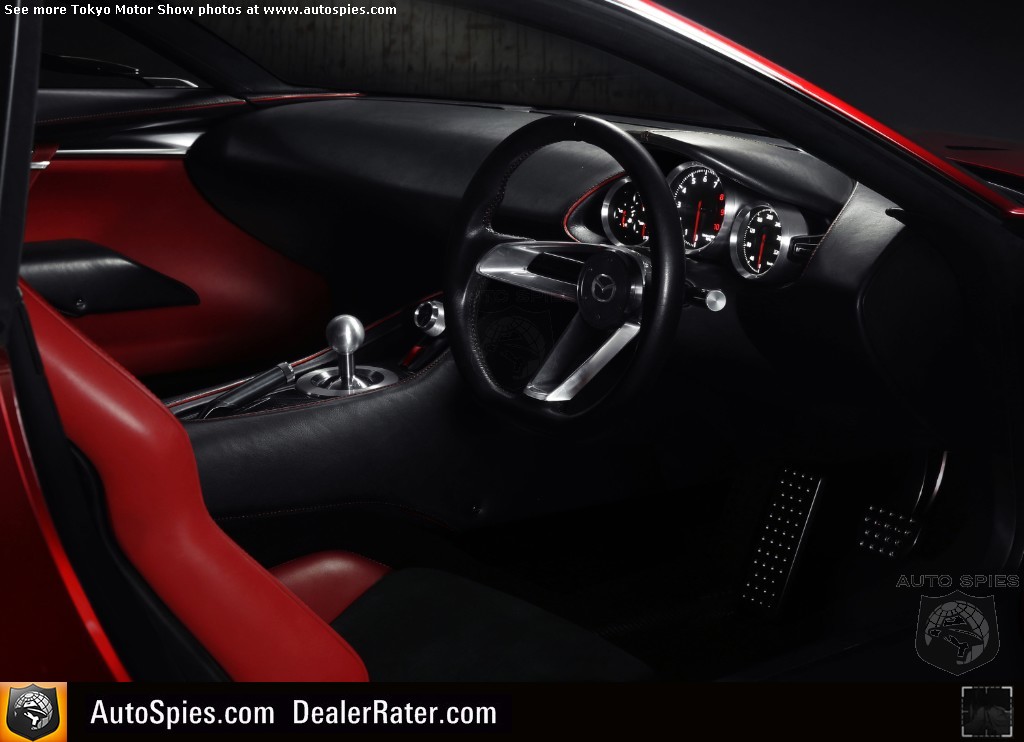
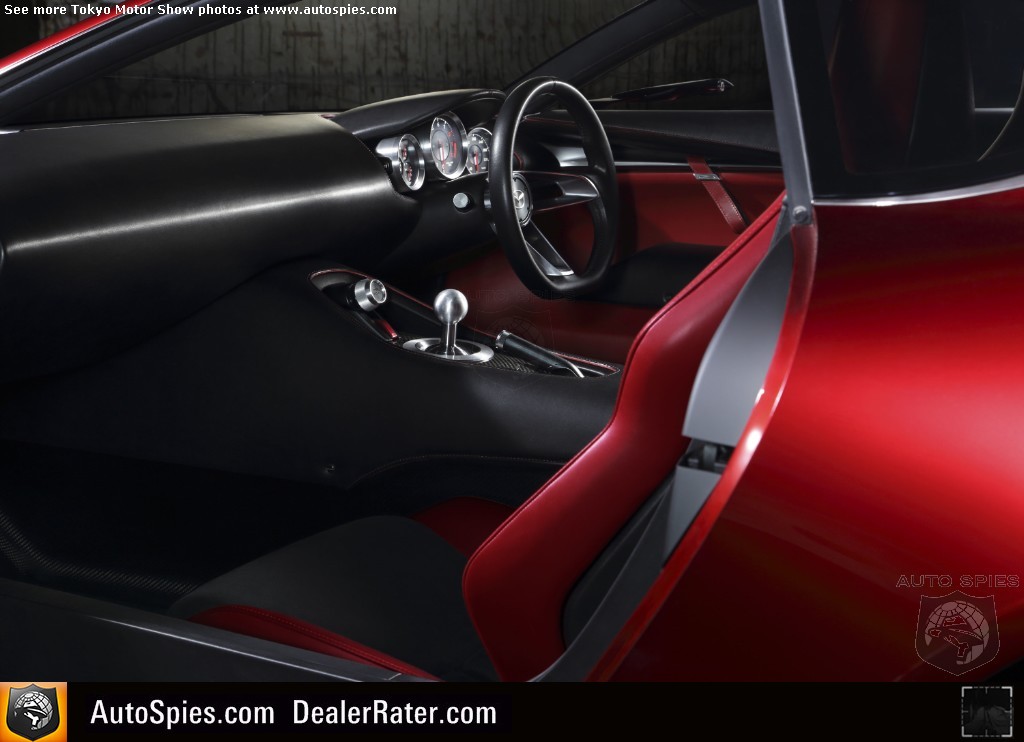
Mazda's press release follows:
Mazda Reveals Mazda RX-VISION Concept
-- Powered by next-generation rotary engine SKYACTIV-R, represents Mazda's vision of the future --
HIROSHIMA, Japan—Mazda Motor Corporation unveiled the rotary-powered Mazda RX-VISION sports car concept at the Tokyo Motor Show*1 today. The rotary engine is a symbol of the company's "never-stop-challenging" spirit.
RX-VISION represents a vision of the future that Mazda hopes to one day make into reality; a front-engine, rear-wheel drive sports car with exquisite, KODO design-based proportions only Mazda could envision, and powered by the next-generation SKYACTIV-R rotary engine.
Rotary engines feature a unique construction, generating power through the rotational motion of a triangular rotor. Overcoming numerous technical difficulties, Mazda succeeded in commercializing the rotary engine, fitting it in the Cosmo Sport (known as Mazda 110S overseas) in 1967. As the only automaker to mass-produce the rotary engine, Mazda continued efforts to improve power output, fuel economy and durability, and in 1991 took overall victory at 24 Hours of Le Mans with a rotary engine-powered race car. Over the years, the rotary engine has come to symbolize Mazda's creativity and tireless endeavor in the face of difficult challenges.
While mass production is currently on hold, Mazda has never stopped research and development efforts towards the rotary engine. The next rotary engine has been named SKYACTIV-R, expressing the company's determination to take on challenges with convention-defying aspirations and the latest technology, just as it did when developing SKAYCTIV TECHNOLOGY.
"I look forward to talking with you more about this vision we have revealed here today at the Mazda stand," said Mazda's Representative Director, President and CEO, Masamichi Kogai. "Mazda will continue to take on new challenges in an effort to build a special bond with our customers and become their 'one and only' brand."
*1 Open to the public from October 30 through November 8, 2015